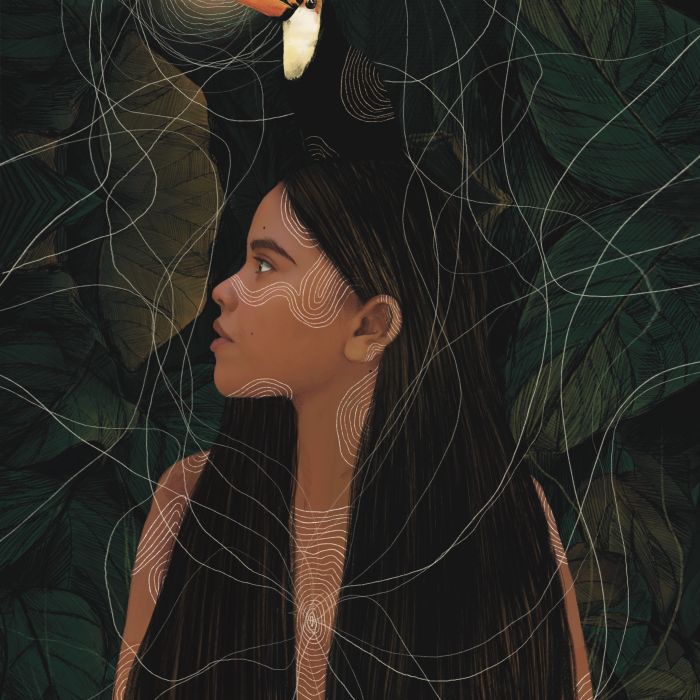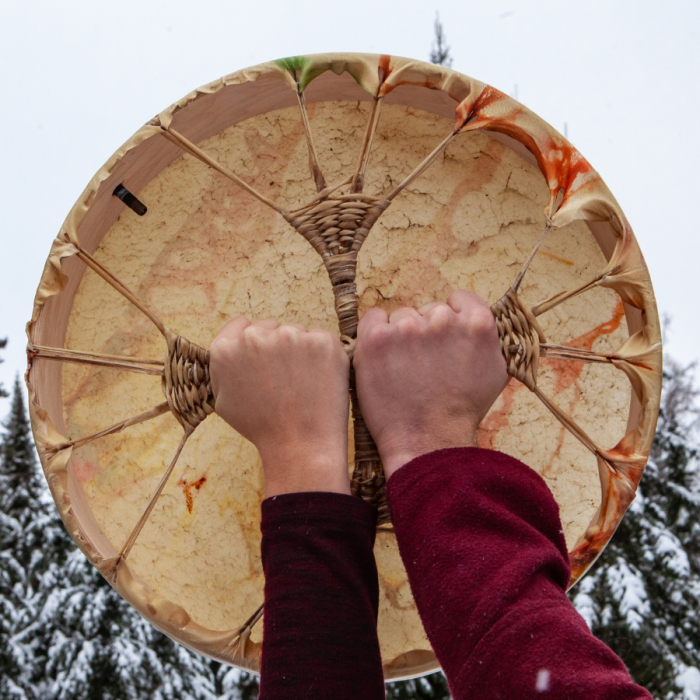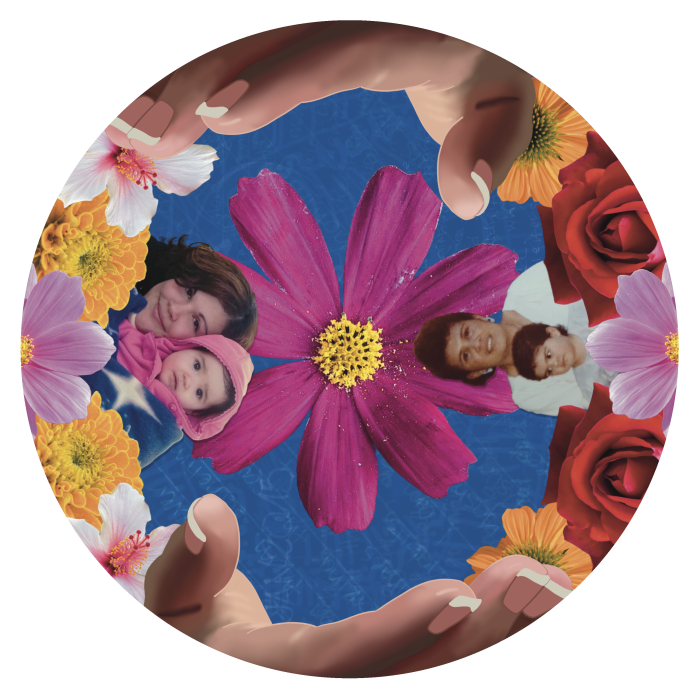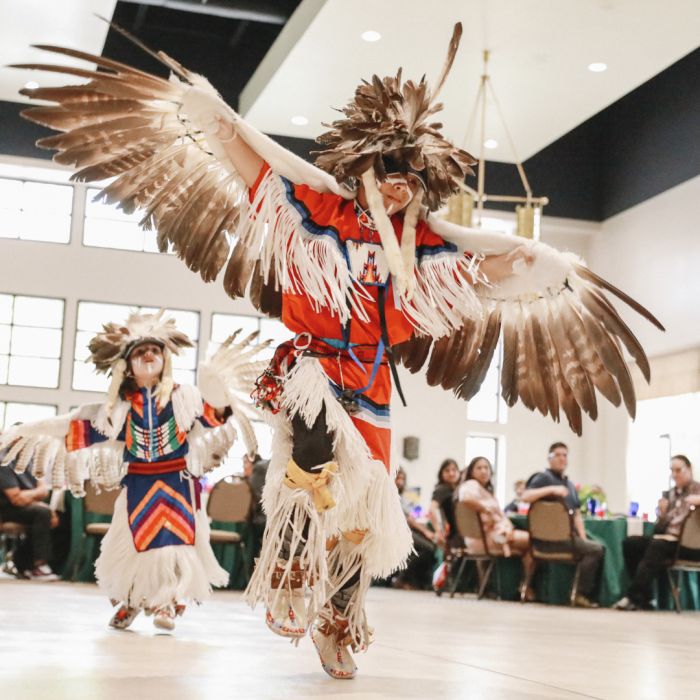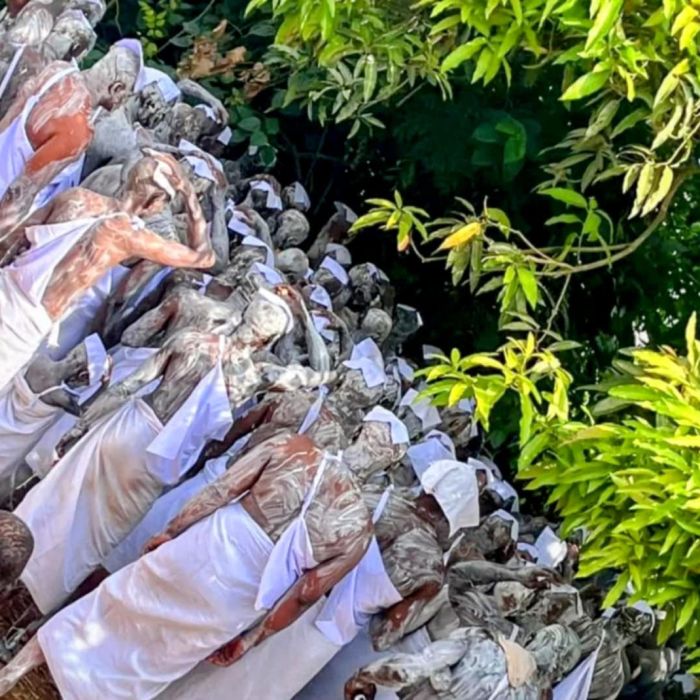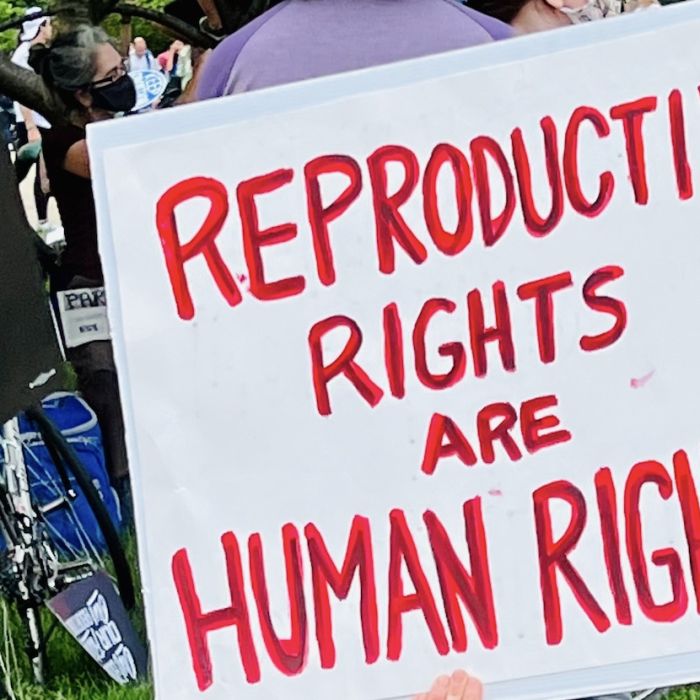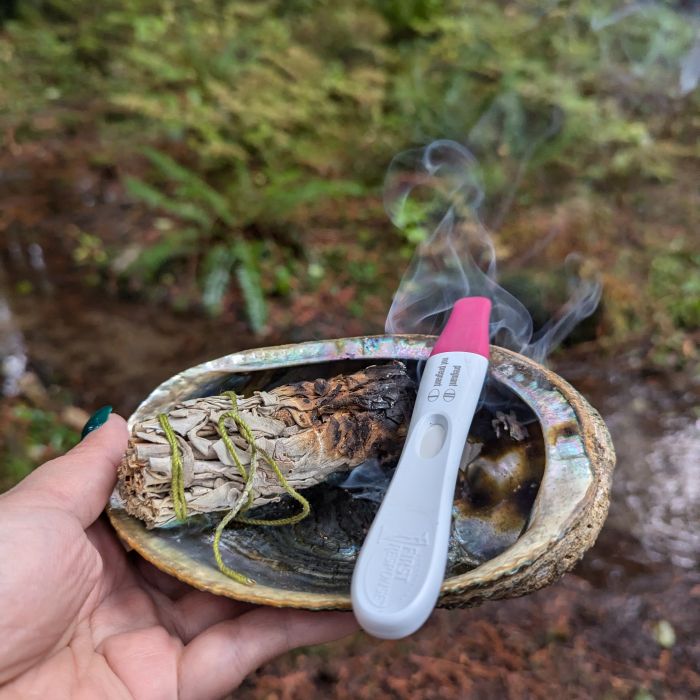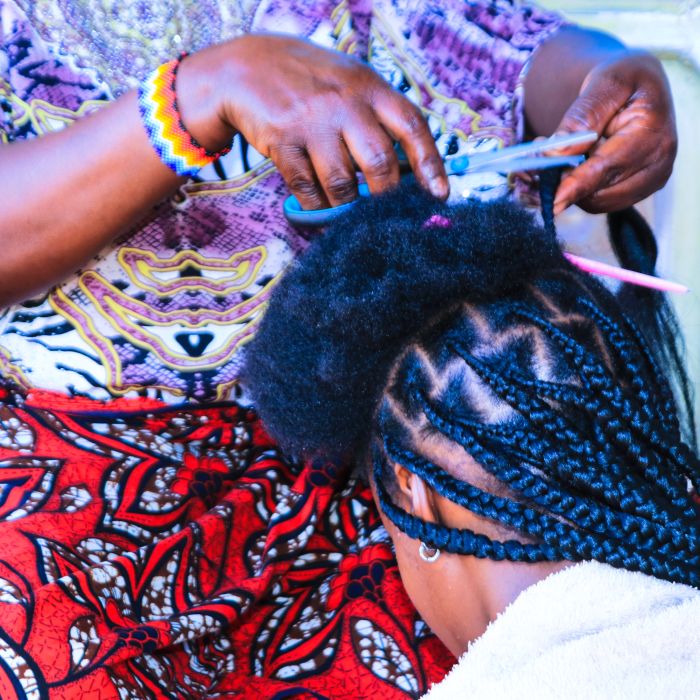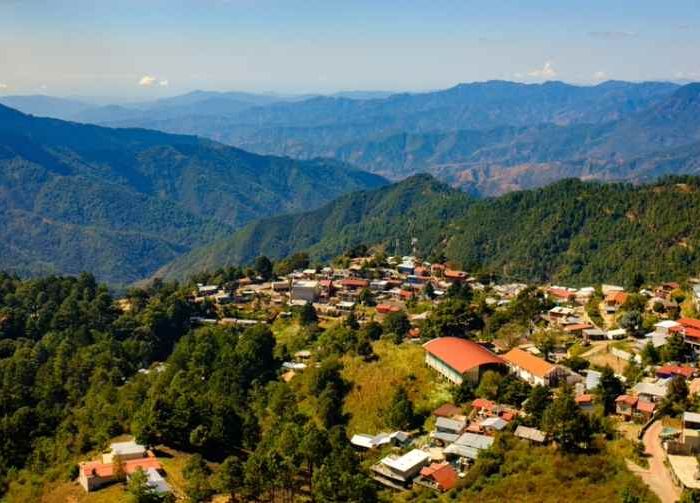our blog & events
As Canada continues its journey toward truth and reconciliation, Indigenous spiritual teachings are gaining recognition as valuable components of school curricula.
Art can translate the invisible, taking us to places where words do not always reach. These illustrations invite you to contemplate the world from a spiritual dimension inspired by Indigenous wisdom: the moon as a guide and the third eye as a door to intangible realities.
The drum is an important spiritual, ceremonial, and traditional item in many Indigenous communities.
My mornings are very predictable. I wake up before sunrise even if I do not entirely want to. I claim to be a morning person but my body strongly resists the idea. In the last few years, getting out of bed has become literally painful with my limbs often disobeying my brain’s command for motion.
As a psychologist and researcher working across Indian country for the past 15 years, notwithstanding significant historical trauma and ongoing systemic challenges, Indigenous people in the so-called “United States” demonstrate remarkable resilience, often drawing strength from their deep connection to land, culture, community, and spiritual practices, even while reporting high rates of psychological distress due to the impacts of colonization and dispossession.
Two years ago, when I heard that the Nigerian gospel artist Gloria Doyle had left Christianity to become an Ifá priestess, I quickly called her and requested an interview. During the interview, Doyle said, “God told me there is a better way for me to connect to him . . . You do not need to go through the pastors to see God, but if religion is warm, you feel your inner peace when practicing it. I cannot leave a place where I find peace to a place where there is war and bitterness; you stick there where you find peace.”
Las muertes de Josseli Barnica (2021), de 28 años, y Naveah Crain (2023), de 18 años, hicieron noticia como tragedias evitables, consecuencia del retraso en la atención médica durante abortos espontáneos.
Tanzania se encuentra en una encrucijada crítica en su búsqueda por promover la justicia reproductiva, enfrentando alarmantes tasas de mortalidad materna que subrayan la urgente necesidad de una atención integral de salud reproductiva.
Para las mujeres Indígenas de naciones matrilineales, nuestros ovarios son el futuro de nuestros pueblos. Llevamos las semillas de las próximas generaciones dentro de nuestros cuerpos.
La justicia reproductiva en Oaxaca, México, es un tema crucial y profundamente ligado a las experiencias de las mujeres Indígenas, quienes enfrentan desafíos únicos derivados de inequidades sistémicas y dinámicas culturales.
The deaths of 28-year-old Josseli Barnica (2021) and 18-year-old Naveah Crain (2023) made headlines as preventable fatalities that occurred as a result of delayed medical care during miscarriages.




